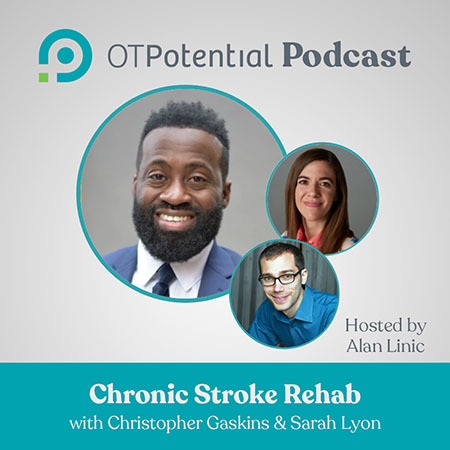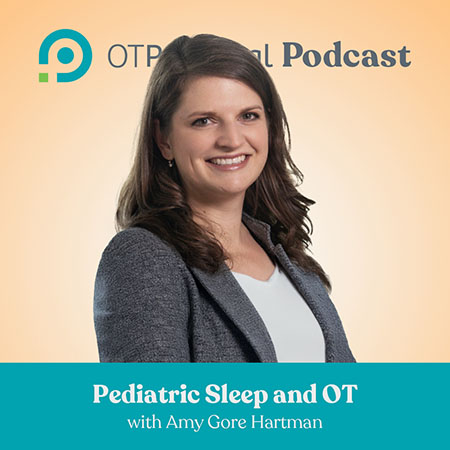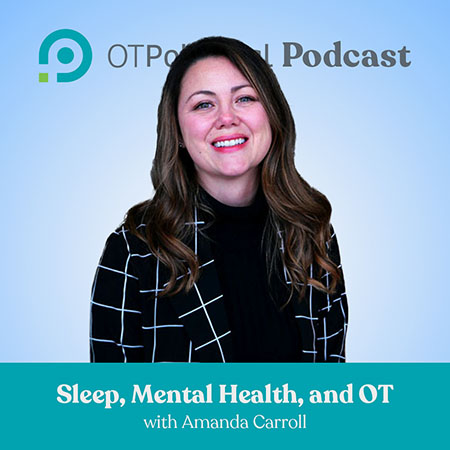Earn 1 hour of continuing education by joining OT Potential after taking this course.
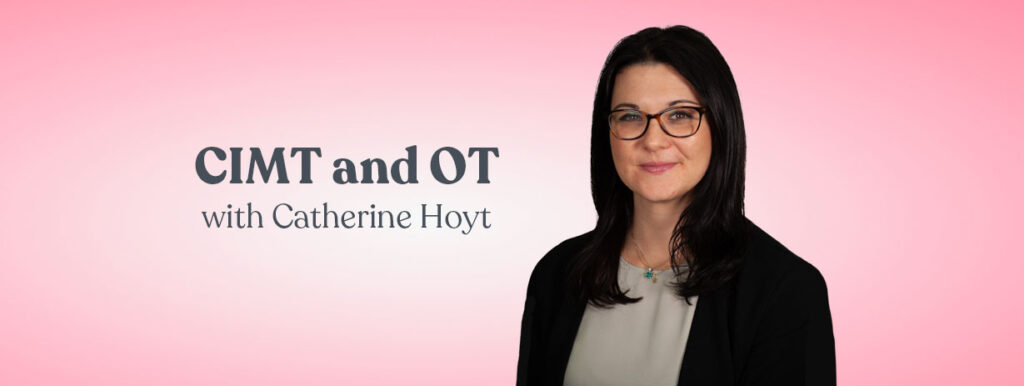
Listen: Apple | Spotify | Google
Constraint-induced Movement Therapy has the reputation for being an intervention that is only for specialized OTs in some far-away speciality clinic.
But, trust me: no matter what population you work with, OTs should be following this research.
Today, on the podcast we are looking at a Cochrane review of all the evidence that undergirds this treatment. CIMT is perhaps the most-studied OT intervention—and it has lessons to teach us all about: neuroplasticity, intensity, and the future of OT 🙂
After reviewing the article, we are excited to welcome to the podcast Catherine Hoyt, PhD, OTD, OTR/L to discuss how you can be leveraging the principles behind the intervention in your OT practice.
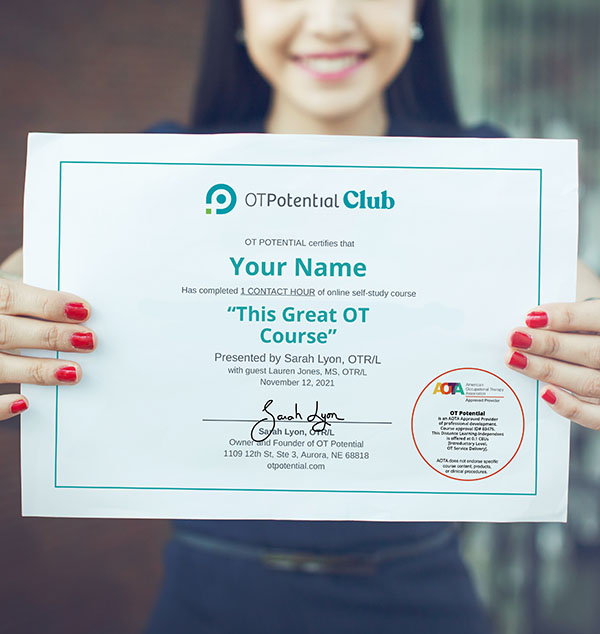
Earn 1 hour of continuing education
1. Listen to the podcast for free.
2. Sign up for the OT Potential Club.
3. Pass the quiz and download your certificate!
Primary Journal Article Explored
When you log in, be sure to check out the OT Potential Club’s written breakdown of the following research article. Then, share your questions and thoughts with fellow practitioners.
Supporting Research and Journal Articles
- Constraint-Induced Movement Therapy for Cerebral Palsy: A Randomized Trial
- Toward a More Comprehensive Assessment of School Age Children with Hemiplegic Cerebral Palsy
CIMT Protocols and other Resources
- You can find the Evidence Based Guideline for CIMT from Cincinnati Children’s on this page.
- For free, you can join the professional network at CIMT: Movement for Life (UK based).
- The website C-PROGRESS is managed by many of the CIMT scientists.
- ACQUIRE is a manualized protocol, which is outlined in the AOTA Handbook.
Learning Objectives
- You will be able to identify the mechanisms behind CIMT.
- You will be able to describe ways the principles of CIMT can be incorporated into traditional therapy practices.
Agenda
Intro (5 minutes)
Breakdown and analysis of journal article (5 minutes)
- Intro to this article
- What is CIMT?
- How does the intervention work?
- Why was this specific article written?
- What were the methods?
- Results
- Conclusions and discussion
- Takeaways for OT practitioners
Discussion on practical implications for OTs (with Catherine Hoyt) (50 minutes)
- Can you tell us how you first found OT?
- What drew you into pediatric research?
- What is your professional experience with CIMT?
- How did it strike you that evidence was low to very-low (for what I consider to be one of the most researched OT interventions?)
- This article reviews research through 2018—is there any CIMT research that has been published since then that you think OTs should be aware of? Has the evidence base solidified?
- How do you see CIMT fitting with our growing understanding of neuroplasticity?
- I feel like CIMT is considered one of those “evidence based interventions that doesn’t translate into everyday practice.” What would you say to this?
- How can therapist in traditional settings start incorporating what we are learning from CIMT into their practice?
- What avenues are there for therapists in traditional settings to start moving towards a more intensive therapy model?
- What specialized training/opportunities would you recommend to someone who wanted to really specialize in CIMT?
- What do you see on the horizon for CIMT?
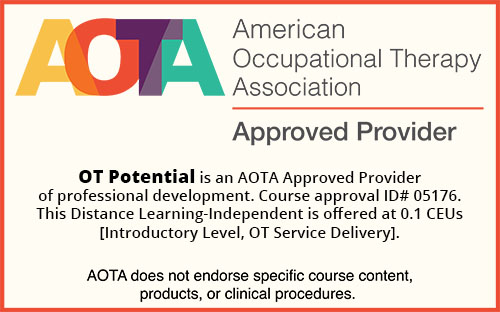
Instructional Methods/Registration/Special Needs Requests/Cancellation Policy
This course is an independent/self-study course delivered via podcast on iTunes, Spotify, Google Play & more.
If you need accommodations to take this course, please contact us and we will address your needs on an individual basis.
If we cancel a promoted course, event, live stream, or any other paid CEU offering prior to release, and you subscribe explicitly for said offering, you are eligible for a full refund if you did not complete and earn any other CEU quizzes or certificates during your subscription.
If a live webinar is cancelled that you signed up for, our system will automatically generate an email to you and if possible, we will inform you of the rescheduled date. Our most current webinar schedule will be found at: otpotential.com/live-ot-ceu-webinars.
Course Completion Requirements
In order to receive a certificate for this course, you must first participate in the podcast/webinar in its entirety. Then, you will need to take the quiz that will accompany the course and earn 75% or higher. If you pass, a certificate will be automatically generated and sent to your email. Quizzes for live (distance learning–interactive) webinars must be completed within 3 days of completing the webinar.
Target Audience/Educational Level
Our target audience is occupational therapy practitioners who are looking to learn about CIMT and OT. The educational level is introductory.
Financial and Non-financial Disclosures
It is the policy of OT Potential to disclose any financial and non-financial interest the provider or instructor may have in a product or service mentioned during an activity. This is to ensure that the audience is made aware of any bias of the speaker.
We here at OT Potential have no financial stake in this topic. Our guest, Catherine Hoyt also has no financial disclosures.
Speakers
Catherine R. Hoyt, PhD, OTD, OTR/L:
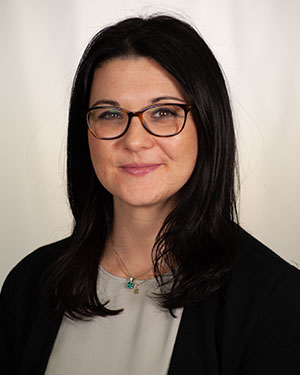
Dr. Hoyt is an early intervention (0-3 years) occupational therapist and Instructor at Washington University School of Medicine. A native of Silver Spring, Md., she earned her doctorate in occupational therapy in 2010 and PhD in rehabilitation and participation science in 2017 from Washington University in St. Louis. She completed a postdoctoral externship at the University of Groningen, The Netherlands, and a postdoctoral fellowship at Washington University School of Medicine.
Dr. Hoyt is a co-founder of the Coalition of Occupational Therapy Advocates for Diversity (COTAD) and served as its chair from its inception in 2014 through 2020. As a clinician, Dr. Hoyt recognized the gaps in assessment, particularly for early identification of disability among children with sickle cell disease, and the real and devastating impact delayed identification of disability can have on long-term outcomes for children, leading to the development of the Infant Toddler Activity Card Sort (ITACS). She is a scholar in the Mentored Training in Implementation Science K12 Training Program and currently serves as site Co-PI for the I-ACQUIRE trial of constraint induced movement therapy for children 8-36 months of age. Read full bio.
Sarah Lyon, OTR/L:

Sarah’s passion is helping fellow OT practitioners translate evidence into daily practice. Sarah earned her BA in religion from St. Olaf College, then earned her master’s degree in occupational therapy from New York University in 2011.
Since then, she’s worked in numerous facilities, including a critical access hospital, an acute trauma hospital, and a state inpatient psychiatric hospital. Sarah is the founder/owner of OT Potential. Read more about OT Potential here.
This course was designed to meet your continuing education requirements
We designed the courses in the Club to meet the requirements for “online” and “independent/self-study” courses. To verify the requirements from your specific state (within the US), check out our post, OT Continuing Education Requirements. If you are outside of the United States and have questions, please contact us.
We are proud to be an AOTA Approved Provider and to meet the requirements for your NBCOT renewal.
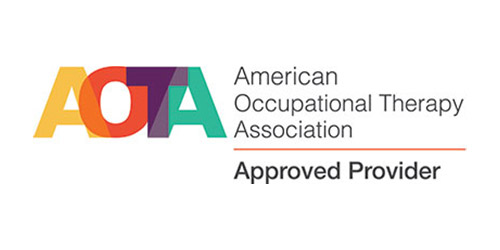
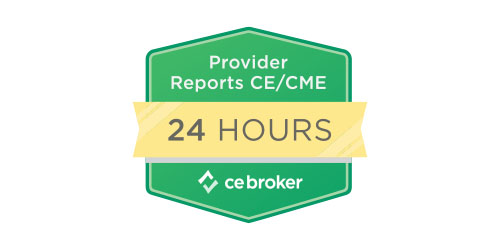
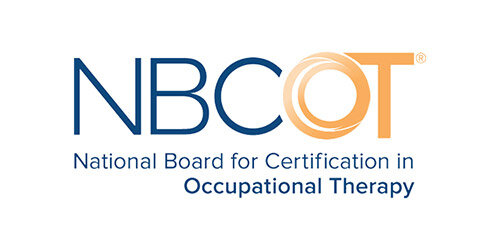
See our other OT courses!
CIMT and OT • OT Potential
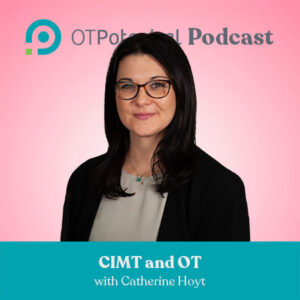
OT Potential is dedicated to connecting members and visitors to resources about evidence-based practice in occupational therapy. The OT Potential Club serves as a clinical decision support tool through exploring new OT research in a journal club style, which features a weekly occupation therapy forum discussion and monthly OT CEUs courses.
Course Provider: Organization
Course Provider Name: OT Potential
Course Provider URL: https://otpotential.com/
Course Mode: Online
Start Date: 2022-08-22
Duration: 01:00:00
Course Type: Subscription
4.74



